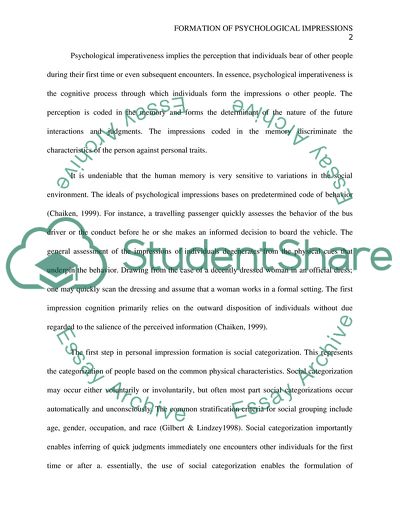Cite this document
(3.How do we form impressions of others With reference to psychological Essay, n.d.)
3.How do we form impressions of others With reference to psychological Essay. https://studentshare.org/psychology/1852500-3how-do-we-form-impressions-of-others-with-reference-to-psychological-theory-and-method-describe-andersons-1978-cognitive-algebra-model-with-specific-reference-to-summation-averaging-and-weighted-averaging
3.How do we form impressions of others With reference to psychological Essay. https://studentshare.org/psychology/1852500-3how-do-we-form-impressions-of-others-with-reference-to-psychological-theory-and-method-describe-andersons-1978-cognitive-algebra-model-with-specific-reference-to-summation-averaging-and-weighted-averaging
(3.How Do We Form Impressions of Others With Reference to Psychological Essay)
3.How Do We Form Impressions of Others With Reference to Psychological Essay. https://studentshare.org/psychology/1852500-3how-do-we-form-impressions-of-others-with-reference-to-psychological-theory-and-method-describe-andersons-1978-cognitive-algebra-model-with-specific-reference-to-summation-averaging-and-weighted-averaging.
3.How Do We Form Impressions of Others With Reference to Psychological Essay. https://studentshare.org/psychology/1852500-3how-do-we-form-impressions-of-others-with-reference-to-psychological-theory-and-method-describe-andersons-1978-cognitive-algebra-model-with-specific-reference-to-summation-averaging-and-weighted-averaging.
“3.How Do We Form Impressions of Others With Reference to Psychological Essay”. https://studentshare.org/psychology/1852500-3how-do-we-form-impressions-of-others-with-reference-to-psychological-theory-and-method-describe-andersons-1978-cognitive-algebra-model-with-specific-reference-to-summation-averaging-and-weighted-averaging.


